
Deutsch-Chinesische Enzyklopädie, 德汉百科
 Jilin Sheng-JL
Jilin Sheng-JL
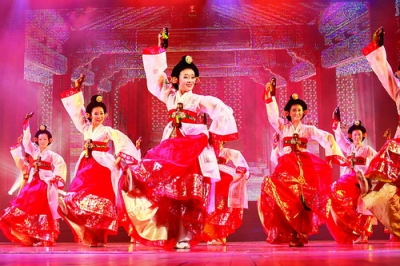
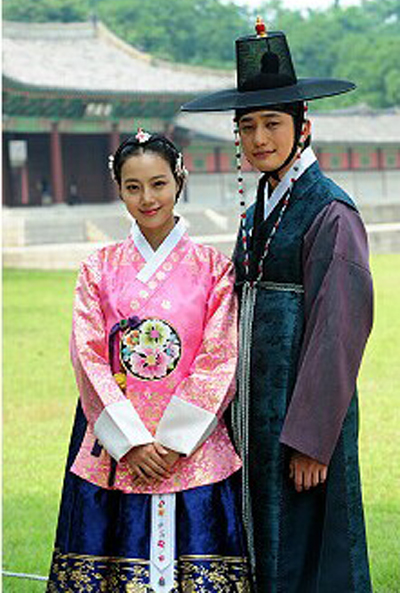
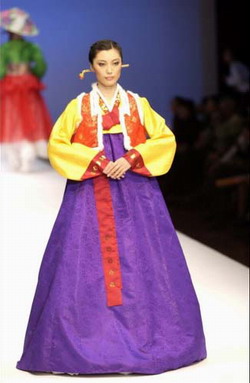

朝鲜族地区是我国北方著名的“水稻之乡”。享有盛名的延边稻米,晶莹剔透,清香扑鼻,清代延边龙井县明岩乡所产稻米就曾被钦定为贡米。延边著名的“苹果梨”,果大、肉多、果心小,汁液丰富,酸甜适度。此外,人参、党参、贝母、山葡萄、松茸、木耳、元蘑等,也是朝鲜族地区的特产。
朝鲜族有本民族的语言和文字。朝鲜语归属尚无有定论,一般认为属阿尔泰语系。我国朝鲜族现在使用的语言文字称为朝鲜语和朝鲜文。以前朝鲜文中曾夹用汉文,现在都用民族文字拼写。
 Beijing Shi-BJ
Beijing Shi-BJ
 Gansu Sheng-GS
Gansu Sheng-GS

 History
History
 L 1000 - 1500 AD
L 1000 - 1500 AD
 Hebei Sheng-HE
Hebei Sheng-HE
 Heilongjiang Sheng-HL
Heilongjiang Sheng-HL
 Jilin Sheng-JL
Jilin Sheng-JL
 Liaoning Sheng-LN
Liaoning Sheng-LN
 Nei Mongol Zizhiqu-NM
Nei Mongol Zizhiqu-NM
 Ningxia Huizu Zizhiqu-NX
Ningxia Huizu Zizhiqu-NX
 Qinghai Sheng-QH
Qinghai Sheng-QH
 Shaanxi Sheng-SN
Shaanxi Sheng-SN
 Shanxi Sheng-SX
Shanxi Sheng-SX
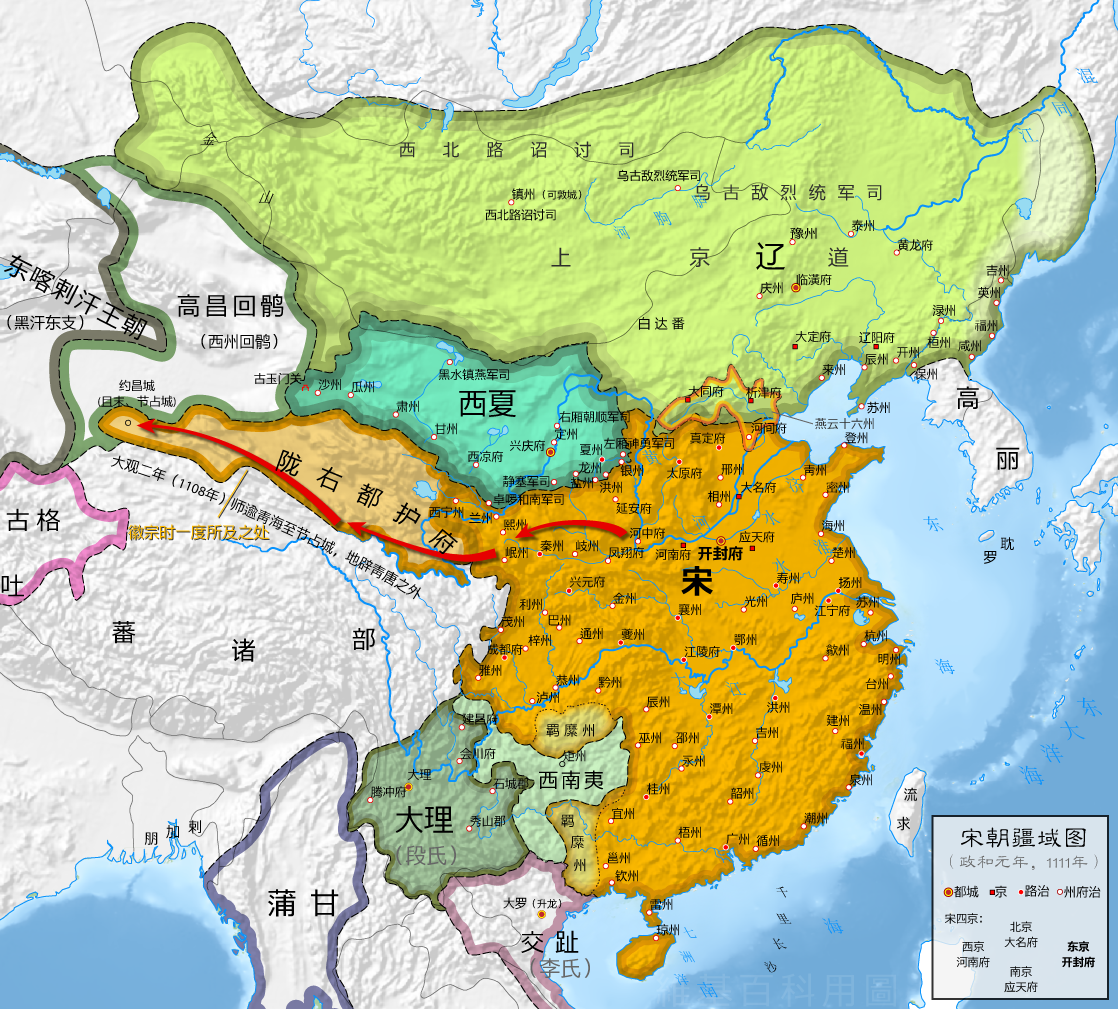
辽朝(907年-1125年),国号大辽,又称大契丹国(契丹国,契丹大字:![]() )[注 1],是中国历史上由契丹人建立的一个朝代,国祚210年[2]。
)[注 1],是中国历史上由契丹人建立的一个朝代,国祚210年[2]。
契丹族首领耶律阿保机吞并了契丹各个部落后,于916年称帝建国“契丹”。918年定都临潢府(今内蒙古巴林左旗南)。契丹屡次南下中原,946年阿保机之子耶律德光攻灭后晋后确定国号为“大辽”[注 2],983年改为“契丹”,1066年改为“大辽”[3],直到1125年3月26日为金朝所灭为止。除了辽朝之外,契丹族尚建立相关国家。1122年,天祚帝北逃夹山,耶律淳于辽南京被立为帝,史称北辽[3]。辽朝灭亡后,耶律大石西迁到中亚楚河流域,1132年建立西辽。1211年西辽被屈出律篡位,1218年被蒙古帝国所灭。
史学界对“契丹”含义最广为接受的说法是镔铁或刀剑之意。后来改国名为“辽”也是“铁”的意思,同时“辽”也是契丹人发祥地辽水的名字,以示不忘本之意。又因与南方的中原政权长期对峙,而称“北朝”,而称中原王朝为“南朝”[4]。辽朝926年灭渤海国,938年据燕云十六州,后灭后晋,自居为继承后晋的中原正统,即使之后退回北方。依据五行德运说的五行相生规律,后晋的“木”德之后为“水”德,因此辽朝以水为德运,并相应以黑色为正色。[5]
辽朝全盛时期疆域东到日本海,西至阿尔泰山,北到额尔古纳河、大兴安岭一带,南到河北省南部的白沟河。契丹族本是游牧民族,辽朝皇帝使农牧业共同发展繁荣,各得其所,建立独特的、比较完整的管理体制。辽朝将重心放在民族发祥地,为了保持民族性将游牧民族(契丹人)与农业民族(汉人)分开统治,主张因俗而治,开创出两院制的政治体制。并且创造契丹文字,保存自己的文化。此外,吸收渤海国、五代、北宋、西夏及西域各国的文化,成效地促进辽朝政治、经济和文化各个方面发展。辽朝的军事力量与影响力涵盖西域地区,因此在唐朝灭亡后中亚、西亚与东欧等地区常将辽朝(契丹,英语作Cathay)当做中国,[6]。
Die Liao-Dynastie (chinesisch 遼朝 / 辽朝, Pinyin Liáocháo) war eine Dynastie im Norden Chinas von 916 bis 1125. Das Herrscherhaus und ein Teil der Untertanen waren Angehörige des (proto-)mongolischen Volks der Kitan. Der Dynastie-Gründer war Abaoji († 926).
遼(りょう、簡体字:辽、拼音:Liáo)は、遼朝(りょうちょう)ともいい、内モンゴルを中心に中国の北辺を支配した契丹人(キタイ人)耶律氏(ヤリュート氏)の征服王朝。916年から1125年まで続いた。中原に迫る大規模な版図(現在の北京を含む)を持ち、かつ長期間続いた最初の異民族王朝であり、いわゆる征服王朝(金、元、清が続く)の最初とされる。ただし、後の3つの王朝と異なって中原を支配下にはおいていない。
The Liao dynasty (/ljaʊ/;[5] Khitan: Mos Jælud; traditional Chinese: 遼朝; simplified Chinese: 辽朝; pinyin: Liáo cháo),[6] also known as the Liao Empire, officially the Great Liao (大遼; 大辽; Dà Liáo), or the Khitan (Qidan) State (Khitan: Mos diau-d kitai huldʒi gur),[7] was an empire in East Asia that ruled from 907 to 1125 over present-day Northern and Northeast China, Mongolia and portions of the Russian Far East and North Korea.[8] The empire was founded by Yelü Abaoji, Khagan of the Khitans around the time of the collapse of Tang China and was the first state to control all of Manchuria.[9]
Almost immediately after its founding, the Khitan Empire began a process of territorial expansion, with Abaoji leading a successful conquest of Balhae. Later emperors would gain the Sixteen Prefectures by fueling a proxy war that led to the collapse of the Later Tang (923–936) and would establish tributary relationships with Goryeo after losing in Goryeo–Khitan Wars (1018) against Goryeo.[10] In 1004, Liao Dynasty launched an imperial expedition against the Northern Song. After heavy fighting and large casualties between two countries, the two sides worked out the Chanyuan Treaty. Through the treaty Liao forced the Northern Song to recognize them as peers.
Tension between traditional Khitan social and political practices and Chinese influence and customs was a defining feature of the dynasty. This tension led to a series of succession crises; Liao emperors favored the Chinese concept of primogeniture, while much of the rest of the Khitan elite supported the traditional method of succession by the strongest candidate. So different were Khitan and Chinese practices that Abaoji set up two parallel governments. The Northern Administration governed Khitan areas following traditional Khitan practices, while the Southern Administration governed areas with large non-Khitan populations, adopting traditional Chinese governmental practices.
Differences between Chinese and Khitan society included gender roles and marital practices: the Khitans took a more egalitarian view towards gender, in sharp contrast to Chinese cultural practices that segregated men's and women's roles. Khitan women were taught to hunt, managed family property, and held military posts. Many marriages were not arranged, women were not required to be virgins at their first marriage, and women had the right to divorce and remarry.
The Liao dynasty was destroyed by the Jurchen-led Jin dynasty in 1125 with the capture of Emperor Tianzuo of Liao. However, the remnant Khitan, led by Yelü Dashi, established the Qara Khitai (Western Liao dynasty), which ruled over parts of Central Asia for almost a century before being conquered by the Mongols. Although cultural achievements associated with the Liao dynasty are considerable, and a number of various statuary and other artifacts exist in museums and other collections, major questions remain over the exact nature and extent of the influence of the Liao Khitan culture upon subsequent developments, such as the musical and theatrical arts.
La dynastie Liao (chinois simplifié : 辽朝 ; chinois traditionnel : 遼朝 ; pinyin : ; Khitan : Mos Jælud)1, également connue sous le nom d'Empire Khitan (chinois simplifié : 契丹国 ; chinois traditionnel : 契丹國 ; pinyin : ; Khitan : Mos diau-d kitai huldʒi gur)2, est un empire d'Asie orientale qui a régné sur la Mongolie, une partie de la Russie orientale et du nord de la Chine continentale entre 907 et 1125. Elle a été fondée par le Khagan Khitan Yelü Abaoji à la suite de la chute de la dynastie chinoise Tang.
Bien que couvrant essentiellement les steppes mongoles et quelques provinces du Nord de la Chine actuelle, la majorité de la population sous le contrôle de la dynastie était d'origine Chinoise Han. Le gouvernement Khitan a donc instauré un système administratif inédit visant à prendre en compte les spécificités de chaque partie du territoire, afin de mieux contrôler les populations locales. Cette période fut également une étape importante pour les Khitans, qui formalisent leur langue écrite à cette époque et commencent à intégrer de plus en plus les coutumes traditionnelles des Chinois Han.
L'empire a été détruit par les Jürchens de la dynastie Jin en 1125. Toutefois, certains survivants du peuple Khitan, menés par Yelü Dashi, ont établi la dynastie des Liao occidentaux. Connue également sous le nom de Khanate Kara-Khitans, cette dynastie a régné sur des parties de l'Asie centrale pendant près d'un siècle, avant d'être conquise à son tour par l'armée mongole de Genghis Khan.
La dinastia Liao (cinese tradizionale: 遼朝; cinese semplificato: 辽朝; pinyin: Liáo Cháo), 907-1125, conosciuta anche come impero Kitai (契丹國 / 契丹国 / Qìdān Guó), fu una dinastia che regnò sulle regioni della Manciuria, della Mongolia e su parte della Cina settentrionale. Fu fondata dalla tribù Yelü (耶律 Yēlǜ) del popolo Kitai nell'ultimo periodo della dinastia Tang, anche se il primo sovrano, Ābǎojī (阿保機 / 阿保机), proclamò il primo periodo di regno solo nel 916.
Nel 947 (o secondo altre fonti nel 938) l'imperatore Yelü Ruǎn adottò ufficialmente il nome "Liáo" (formalmente "Grande Liáo"). Abbandonato nel 983, il nome fu poi ripreso nel 1066.
Il regno dei Liao fu distrutto dagli Jurchi della dinastia Jīn nel 1125. I superstiti, guidati da Yelü Dashi, fondarono la dinastia Liao occidentale 1125-1220 o Kara Khitay, che sopravvisse fino all'arrivo dell'esercito mongolo di Gengis Khan.
La dinastía Liao (chino tradicional: 遼朝, chino simplificado: 辽朝, pinyin: Liáo Cháo, Wade-Giles: Liao2-Ch'ao2, kitán: Mos Jælut),12 907-1125, también conocida como Imperio kitán (契丹國 pinyin: Qìdān Guó, kitán: Mos diau-d kitai huldʒi gur)3 fue una dinastía china, de origen extranjero, que gobernó gran parte del nordeste del territorio chino actual.
Los kitán, uno de los grupos étnicos tunguses, de origen altaico, que habitaban hace siglos en la actual Manchuria, fundaron en el año 907 un estado que recibió inicialmente el nombre de Estado Kitán. Más adelante, tras conquistar el norte de China, el estado asumió formas de gobierno de estilo chino tomando el nombre dinástico de Liao, por el río del mismo nombre (en la actual provincia china de Liaoning) de su tierra ancestral. El imperio de los Liao convivió con la dinastía Song, al sur, y con el Imperio Tangut (o Xia Occidental), que gobernaba parte del noroeste chino.
El imperio de los kitán cayó definitivamente en el año 1125, derrotado por otro pueblo altaico, los yurchen, que conquistaron el territorio de los Liao, y fundaron su propia dinastía, la Jin.
Del nombre "kitán" deriva el nombre "Catay" con el que se conoció a China en Europa durante la Edad Media. El nombre actual de China en ruso (Kitái), mongol (Qitad) y uigur (Hitay) tiene también este mismo origen.
Ляо (монг. Кидан улс, кит. трад. 遼朝, упр. 辽朝, пиньинь: Liao chao, палл.: Ляо Чао) — государство кидань-монголов, которое занимало просторы Северо-Восточного Китая с момента основания киданьской государственности племенным вождём Абаоцзи (Амбагай) в 907 году до мятежа чжурчжэней в 1125 году. Столицы — Шанцзин (верховная, ныне Хуэйнинфу), Ляоян (восточная), Датун (западная), Наньцзин (южная, в районе современного Пекина).


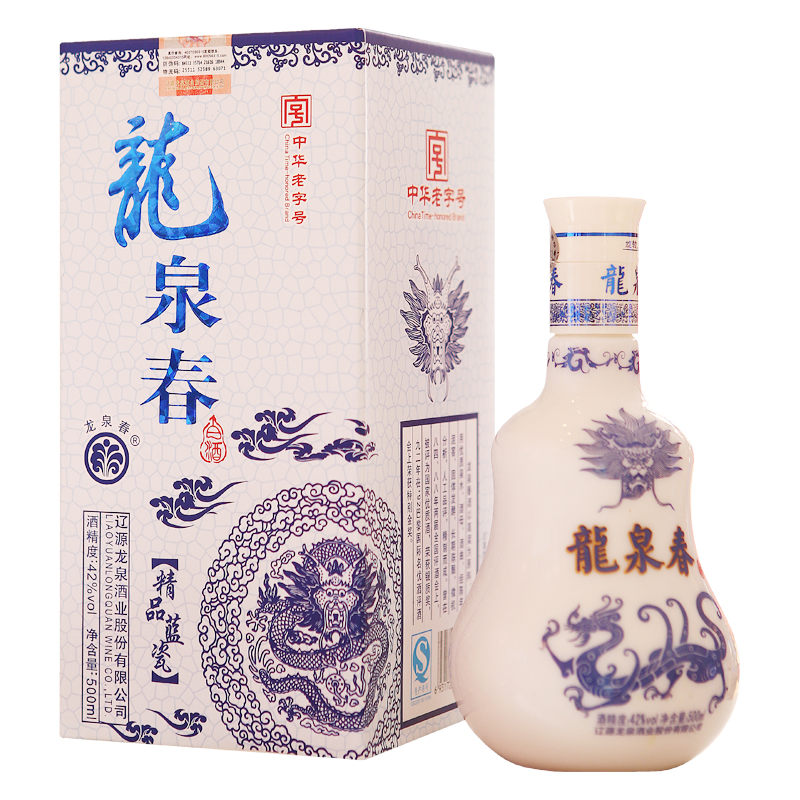
 China
China
 Fujian Sheng-FJ
Fujian Sheng-FJ

 History
History
 N 2000 - 2100 AD
N 2000 - 2100 AD
 Guangdong Sheng-GD
Guangdong Sheng-GD
 Hubei Sheng-HB
Hubei Sheng-HB
 Hunan Sheng-HN
Hunan Sheng-HN


 IT-Times
IT-Times
 Production Engineering/Manufacturing Technologies
Production Engineering/Manufacturing Technologies


 IT-Times
IT-Times
 Artificial Intelligence
Artificial Intelligence


 IT-Times
IT-Times
 CAD/CAE/CAM/EDA/PDM/PLM
CAD/CAE/CAM/EDA/PDM/PLM


 IT-Times
IT-Times
 CNC
CNC


 IT-Times
IT-Times
 CRM/EAM/ERP/SRM/SCM/HCM/QM/XM/WFM
CRM/EAM/ERP/SRM/SCM/HCM/QM/XM/WFM


 IT-Times
IT-Times
 Industrial Robot
Industrial Robot


 IT-Times
IT-Times
 PLC/DCS/FCS/SCADA/MES
PLC/DCS/FCS/SCADA/MES
 Jiangsu Sheng-JS
Jiangsu Sheng-JS
 Jilin Sheng-JL
Jilin Sheng-JL
 Liaoning Sheng-LN
Liaoning Sheng-LN
 Shandong Sheng-SD
Shandong Sheng-SD
 Sichuan Sheng-SC
Sichuan Sheng-SC
 Zhejiang Sheng-ZJ
Zhejiang Sheng-ZJ

Neue Informationstechnologien/新一代信息技术产业
集成电路及专用装备。着力提升集成电路设计水平,不断丰富知识产权(IP)核和设计工具,突破关系国家信息与网络安全及电子整机产业发展的核心通用芯片,提升国产芯片的应用适配能力。掌握高密度封装及三维(3D)微组装技术,提升封装产业和测试的自主发展能力。形成关键制造装备供货能力。
信息通信设备。掌握新型计算、高速互联、先进存储、体系化安全保障等核心技术,全面突破第五代移动通信(5G)技术、核心路由交换技术、超高速大容量智能光传输技术、“未来网络”核心技术和体系架构,积极推动量子计算、神经网络等发展。研发高端服务器、大容量存储、新型路由交换、新型智能终端、新一代基站、网络安全等设备,推动核心信息通信设备体系化发展与规模化应用。
操作系统及工业软件。开发安全领域操作系统等工业基础软件。突破智能设计与仿真及其工具、制造物联与服务、工业大数据处理等高端工业软件核心技术,开发自主可控的高端工业平台软件和重点领域应用软件,建立完善工业软件集成标准与安全测评体系。推进自主工业软件体系化发展和产业化应用。
High-End numerische Maschinenwerkzeuge und Industrieroboter/高档数控机床和机器人
高档数控机床。开发一批精密、高速、高效、柔性数控机床与基础制造装备及集成制造系统。加快高档数控机床、增材制造等前沿技术和装备的研发。以提升可靠性、精度保持性为重点,开发高档数控系统、伺服电机、轴承、光栅等主要功能部件及关键应用软件,加快实现产业化。加强用户工艺验证能力建设。
机器人。围绕汽车、机械、电子、危险品制造、国防军工、化工、轻工等工业机器人、特种机器人,以及医疗健康、家庭服务、教育娱乐等服务机器人应用需求,积极研发新产品,促进机器人标准化、模块化发展,扩大市场应用。突破机器人本体、减速器、伺服电机、控制器、传感器与驱动器等关键零部件及系统集成设计制造等技术瓶颈。
Luft- und Raumfahrzeuge/航空航天装备
加快大型飞机研制,适时启动宽体客机研制,鼓励国际合作研制重型直升机;推进干支线飞机、直升机、无人机和通用飞机产业化。突破高推重比、先进涡桨(轴)发动机及大涵道比涡扇发动机技术,建立发动机自主发展工业体系。开发先进机载设备及系统,形成自主完整的航空产业链。
航天装备。发展新一代运载火箭、重型运载器,提升进入空间能力。加快推进国家民用空间基础设施建设,发展新型卫星等空间平台与有效载荷、空天地宽带互联网系统,形成长期持续稳定的卫星遥感、通信、导航等空间信息服务能力。推动载人航天、月球探测工程,适度发展深空探测。推进航天技术转化与空间技术应用。
Meerestechnik -Ausrüstung und High-End-Schiffe/海洋工程装备及高技术船舶
大力发展深海探测、资源开发利用、海上作业保障装备及其关键系统和专用设备。推动深海空间站、大型浮式结构物的开发和工程化。形成海洋工程装备综合试验、检测与鉴定能力,提高海洋开发利用水平。突破豪华邮轮设计建造技术,全面提升液化天然气船等高技术船舶国际竞争力,掌握重点配套设备集成化、智能化、模块化设计制造核心技术。
High-End Schienenverkehrstechnik/先进轨道交通装备
加快新材料、新技术和新工艺的应用,重点突破体系化安全保障、节能环保、数字化智能化网络化技术,研制先进可靠适用的产品和轻量化、模块化、谱系化产品。研发新一代绿色智能、高速重载轨道交通装备系统,围绕系统全寿命周期,向用户提供整体解决方案,建立世界领先的现代轨道交通产业体系。
Energiesparende Autos und neue Energie-Autos/节能与新能源汽车
继续支持电动汽车、燃料电池汽车发展,掌握汽车低碳化、信息化、智能化核心技术,提升动力电池、驱动电机、高效内燃机、先进变速器、轻量化材料、智能控制等核心技术的工程化和产业化能力,形成从关键零部件到整车的完整工业体系和创新体系,推动自主品牌节能与新能源汽车同国际先进水平接轨。
Elektrische Ausrüstung/电力装备
推动大型高效超净排放煤电机组产业化和示范应用,进一步提高超大容量水电机组、核电机组、重型燃气轮机制造水平。推进新能源和可再生能源装备、先进储能装置、智能电网用输变电及用户端设备发展。突破大功率电力电子器件、高温超导材料等关键元器件和材料的制造及应用技术,形成产业化能力。
Landwirtschaftsmaschinen/农机装备
重点发展粮、棉、油、糖等大宗粮食和战略性经济作物育、耕、种、管、收、运、贮等主要生产过程使用的先进农机装备,加快发展大型拖拉机及其复式作业机具、大型高效联合收割机等高端农业装备及关键核心零部件。提高农机装备信息收集、智能决策和精准作业能力,推进形成面向农业生产的信息化整体解决方案。
Neue Werkstoffe/新材料
以特种金属功能材料、高性能结构材料、功能性高分子材料、特种无机非金属材料和先进复合材料为发展重点,加快研发先进熔炼、凝固成型、气相沉积、型材加工、高效合成等新材料制备关键技术和装备,加强基础研究和体系建设,突破产业化制备瓶颈。积极发展军民共用特种新材料,加快技术双向转移转化,促进新材料产业军民融合发展。高度关注颠覆性新材料对传统材料的影响,做好超导材料、纳米材料、石墨烯、生物基材料等战略前沿材料提前布局和研制。加快基础材料升级换代。
Bio-Medizin und High-End-medizinische Geräte/生物医药及高性能医疗器械
发展针对重大疾病的化学药、中药、生物技术药物新产品,重点包括新机制和新靶点化学药、抗体药物、抗体偶联药物、全新结构蛋白及多肽药物、新型疫苗、临床优势突出的创新中药及个性化治疗药物。提高医疗器械的创新能力和产业化水平,重点发展影像设备、医用机器人等高性能诊疗设备,全降解血管支架等高值医用耗材,可穿戴、远程诊疗等移动医疗产品。实现生物3D打印、诱导多能干细胞等新技术的突破和应用。
 *National minorities in China
*National minorities in China
 Beijing Shi-BJ
Beijing Shi-BJ
 Hebei Sheng-HE
Hebei Sheng-HE
 Jilin Sheng-JL
Jilin Sheng-JL
 Liaoning Sheng-LN
Liaoning Sheng-LN
 Nei Mongol Zizhiqu-NM
Nei Mongol Zizhiqu-NM





 AFC Champions League 2024
AFC Champions League 2024
 Beijing Shi-BJ
Beijing Shi-BJ
 China
China
 Chinese Super League 2016
Chinese Super League 2016
 Chinese Super League 2017
Chinese Super League 2017
 Chinese Super League 2018
Chinese Super League 2018
 Chinese Super League 2019
Chinese Super League 2019
 Chinese Super League 2020
Chinese Super League 2020
 Chinese Super League 2021
Chinese Super League 2021
 Chinese Super League 2022
Chinese Super League 2022
 Chinese Super League 2023
Chinese Super League 2023
 Chinese Super League 2024
Chinese Super League 2024
 Chinese Super League 2025
Chinese Super League 2025
 Guangdong Sheng-GD
Guangdong Sheng-GD
 Hubei Sheng-HB
Hubei Sheng-HB
 Jiangsu Sheng-JS
Jiangsu Sheng-JS
 Jilin Sheng-JL
Jilin Sheng-JL
 Liaoning Sheng-LN
Liaoning Sheng-LN
 Shandong Sheng-SD
Shandong Sheng-SD
 Shanghai Shi-SH
Shanghai Shi-SH

 Sport
Sport
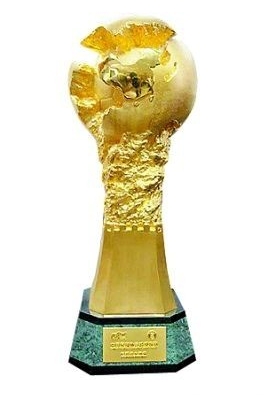
 *National minorities in China
*National minorities in China
 Hebei Sheng-HE
Hebei Sheng-HE
 Heilongjiang Sheng-HL
Heilongjiang Sheng-HL
 Jilin Sheng-JL
Jilin Sheng-JL
 Liaoning Sheng-LN
Liaoning Sheng-LN

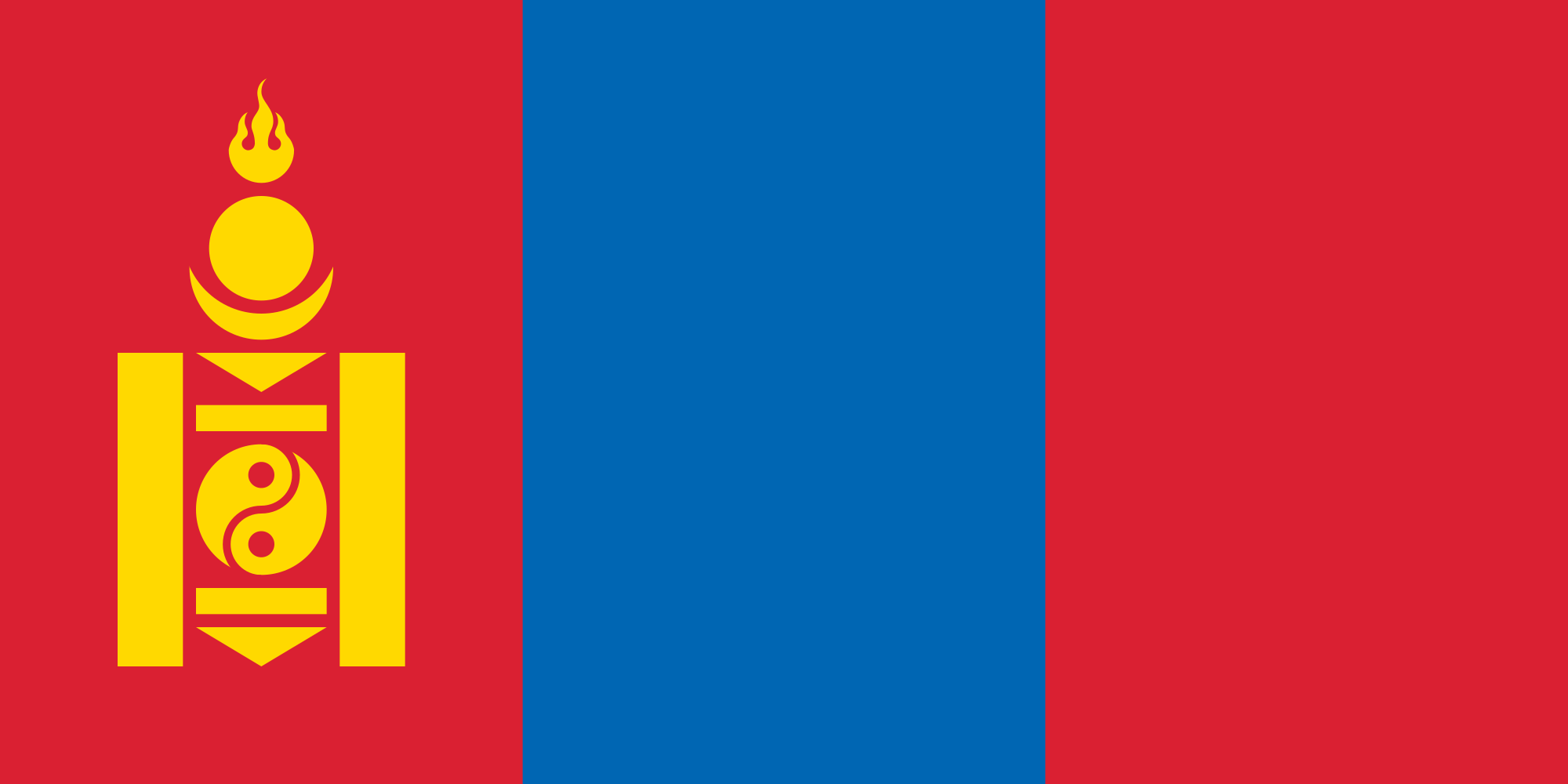 Mongolei
Mongolei
 Nei Mongol Zizhiqu-NM
Nei Mongol Zizhiqu-NM
 Qinghai Sheng-QH
Qinghai Sheng-QH
 Russia
Russia
 Xinjiang Uygur Zizhiqu-XJ
Xinjiang Uygur Zizhiqu-XJ
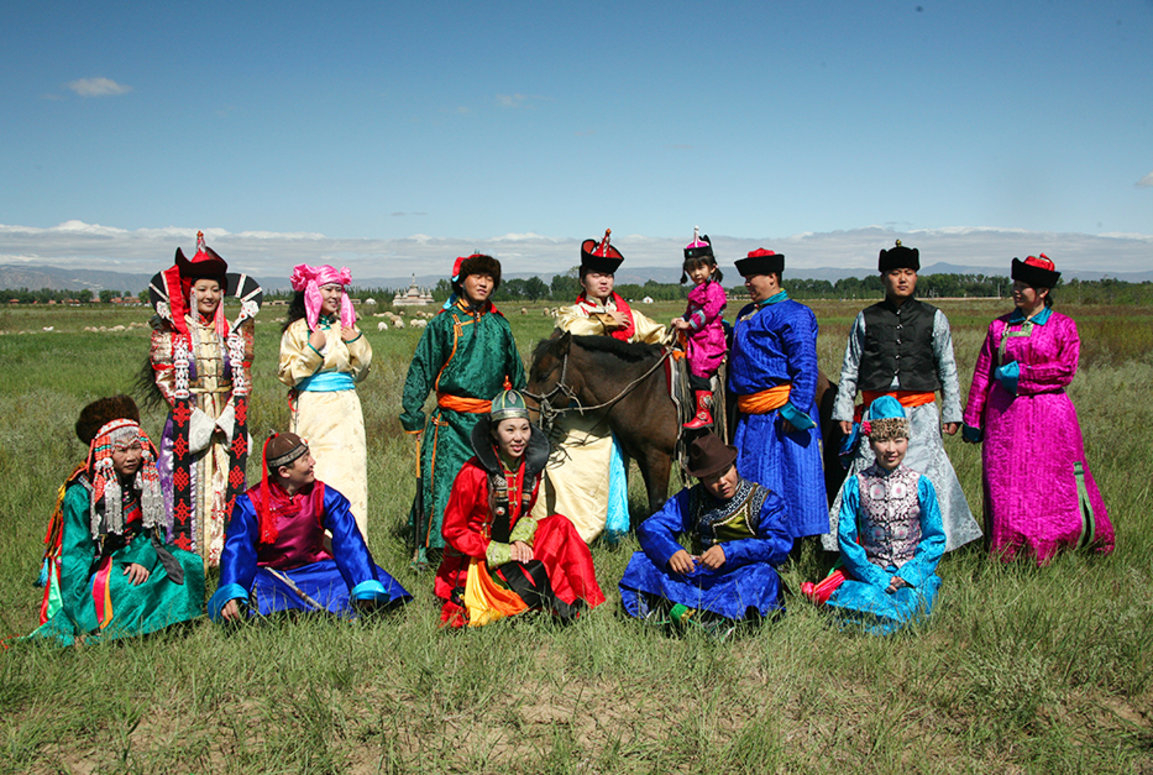
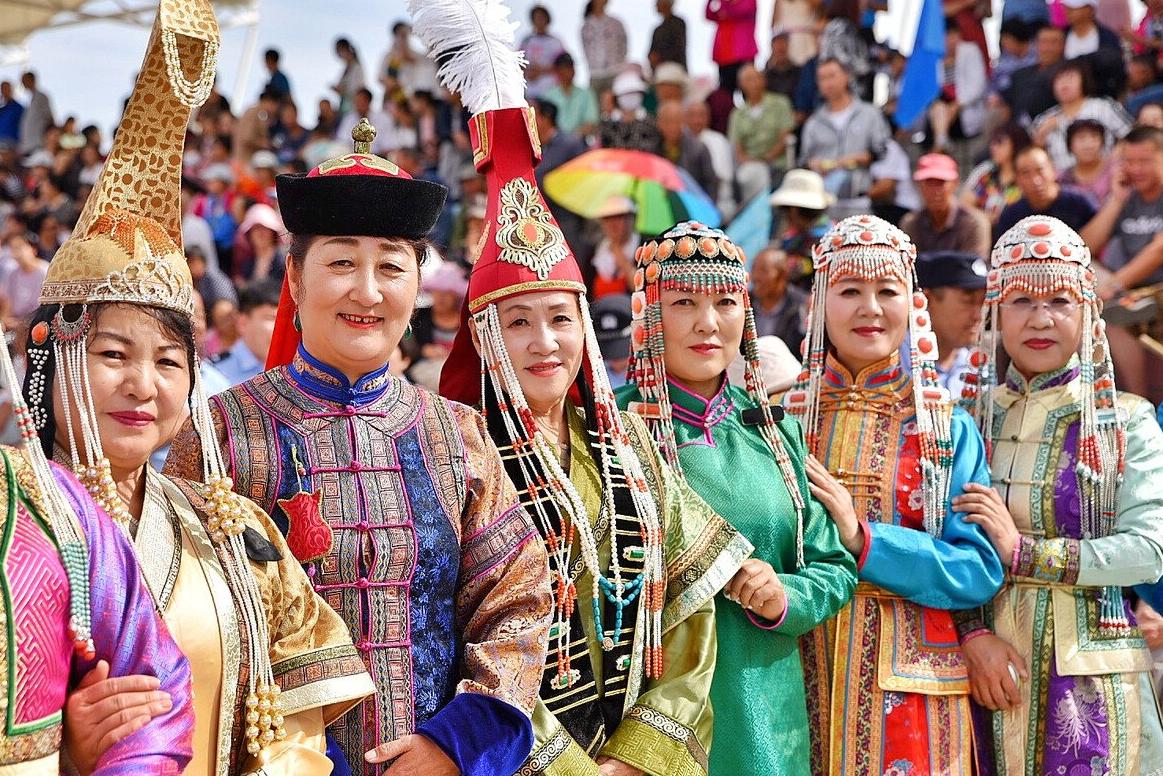
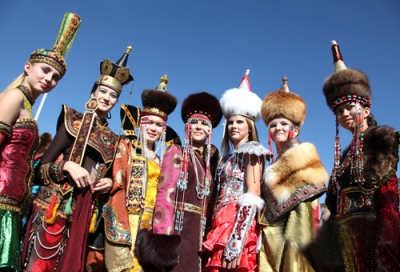
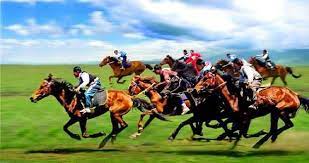
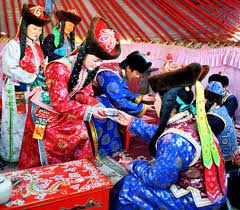
蒙古族(西里尔字母:Монгол үндэстэн),是主要分布于东亚地区的一个传统游牧民族,是中国的少数民族之一,同时也是蒙古国的主体民族。此外,蒙古族在俄罗斯等亚欧国家也有分布,鄂温克族和土族也有时被认为是蒙古族的分支。
蒙古族始源于古代望建河(今额尔古纳河)东岸一带。13世纪初,以成吉思汗为首的蒙古部统一了蒙古地区诸部,逐渐形成了一个新的民族共同体。
蒙古族人民世居草原,以畜牧为生计。过着“逐水草而居”的游牧生活,尽管这种生存方式在现代社会被弱化,但仍然被视作蒙古族的标志。
蒙古族在科学文化事业上比较发达,而且音乐、舞蹈也在艺术上居于相对显赫的地位。
《蒙古秘史》、《蒙古黄金史》、《蒙古源流》被称为蒙古族的三大历史巨著,其中《蒙古秘史》被联合国教科文组织确定为世界著名文化遗产。英雄史诗《江格尔》是中国的三大史诗之一。
全世界蒙古族人约为1000万人。根据《中国统计年鉴-2021》,其中中国境内蒙古族的人口数为6290204人。
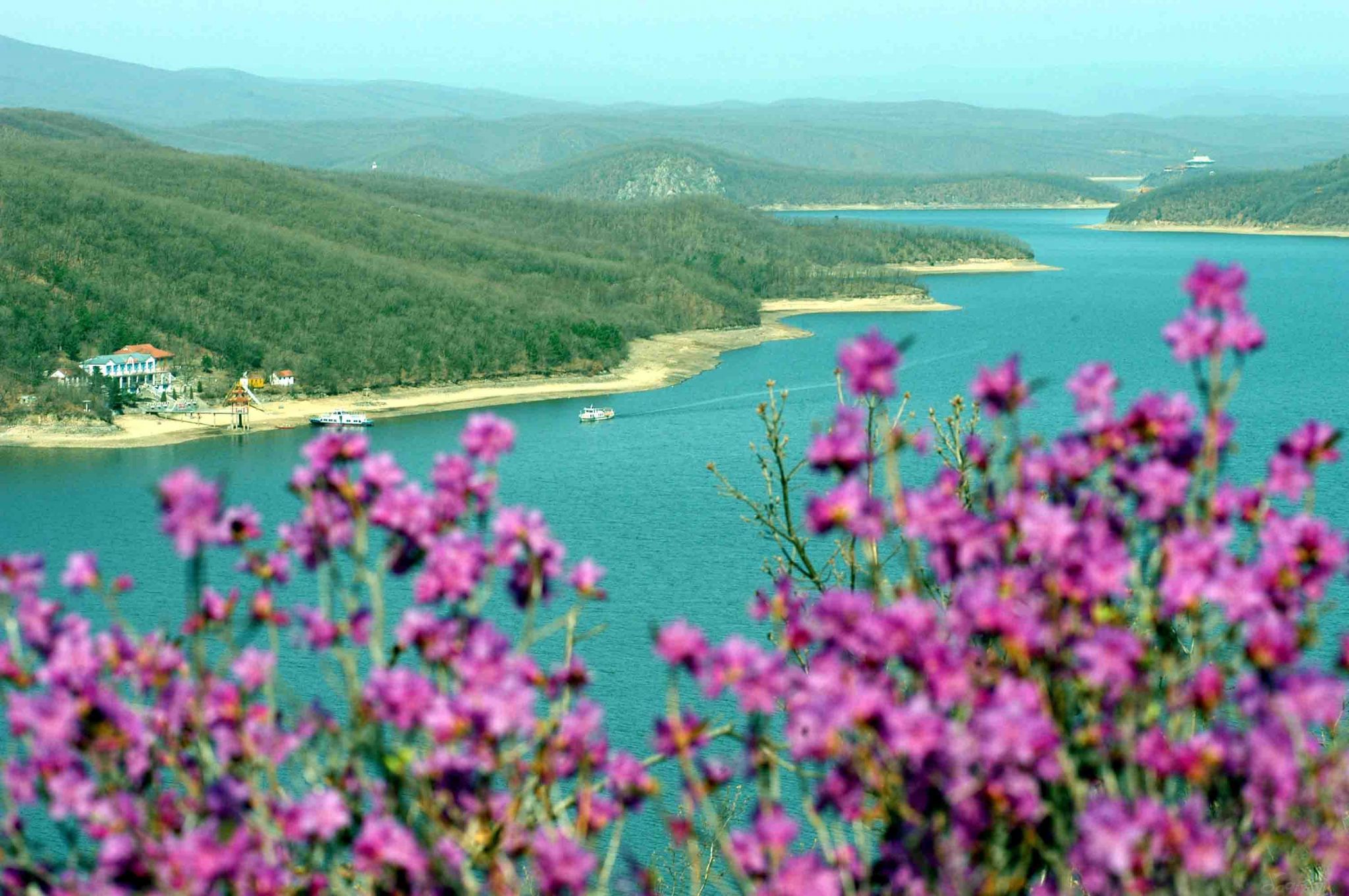
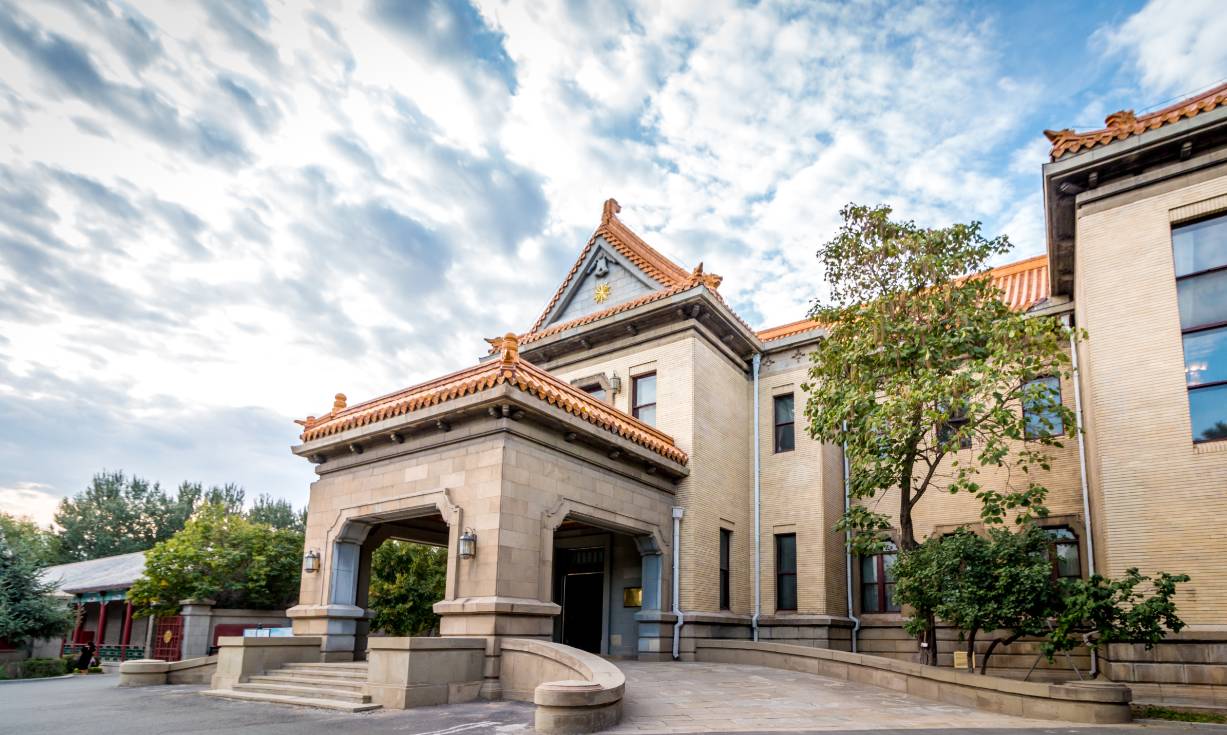
 Anhui Sheng-AH
Anhui Sheng-AH
 Beijing Shi-BJ
Beijing Shi-BJ
 Chongqing Shi-CQ
Chongqing Shi-CQ
 Fujian Sheng-FJ
Fujian Sheng-FJ
 Guangdong Sheng-GD
Guangdong Sheng-GD
 Hebei Sheng-HE
Hebei Sheng-HE
 Hubei Sheng-HB
Hubei Sheng-HB
 Hunan Sheng-HN
Hunan Sheng-HN
 Jiangsu Sheng-JS
Jiangsu Sheng-JS
 Jiangxi Sheng-JX
Jiangxi Sheng-JX
 Jilin Sheng-JL
Jilin Sheng-JL
 Liaoning Sheng-LN
Liaoning Sheng-LN
 Nei Mongol Zizhiqu-NM
Nei Mongol Zizhiqu-NM
 Shaanxi Sheng-SN
Shaanxi Sheng-SN
 Shandong Sheng-SD
Shandong Sheng-SD
 Shanghai Shi-SH
Shanghai Shi-SH
 Sichuan Sheng-SC
Sichuan Sheng-SC
 Tianjin Shi-TJ
Tianjin Shi-TJ
 Zhejiang Sheng-ZJ
Zhejiang Sheng-ZJ
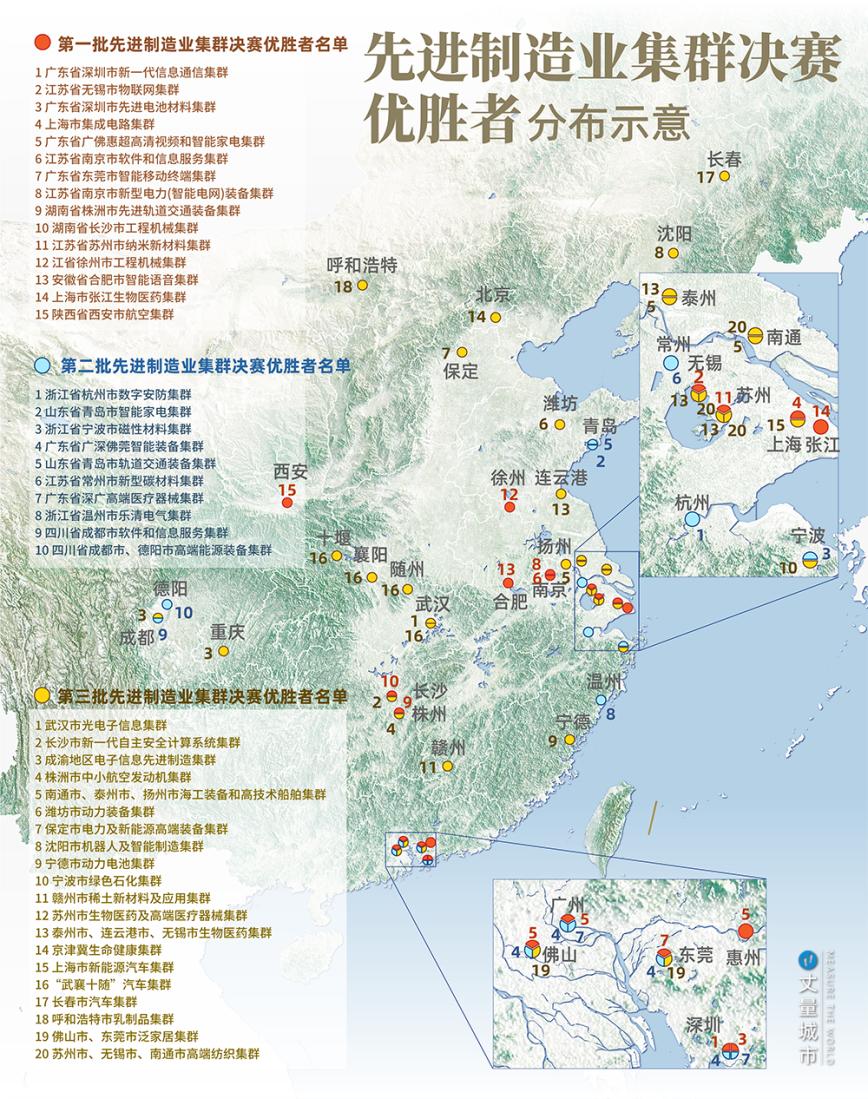
 Eat and Drink
Eat and Drink
 Science and technology
Science and technology
 Geography
Geography
 Architecture
Architecture
 Economy and trade
Economy and trade